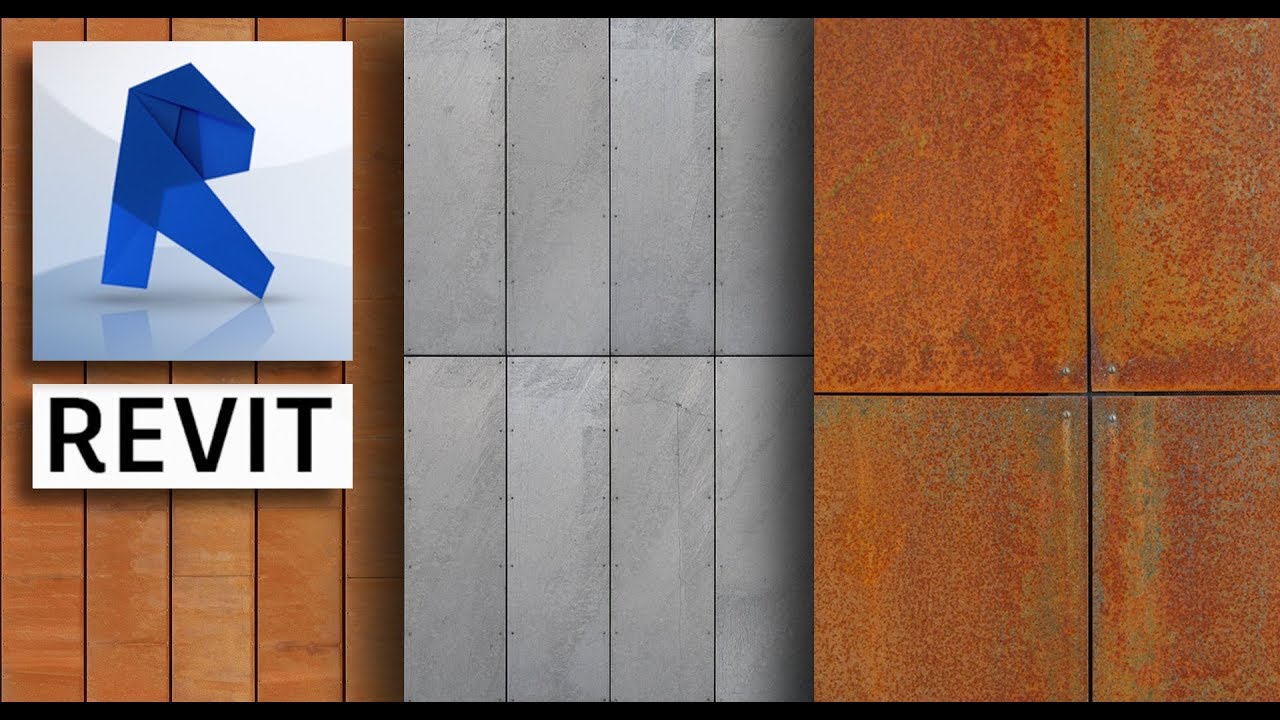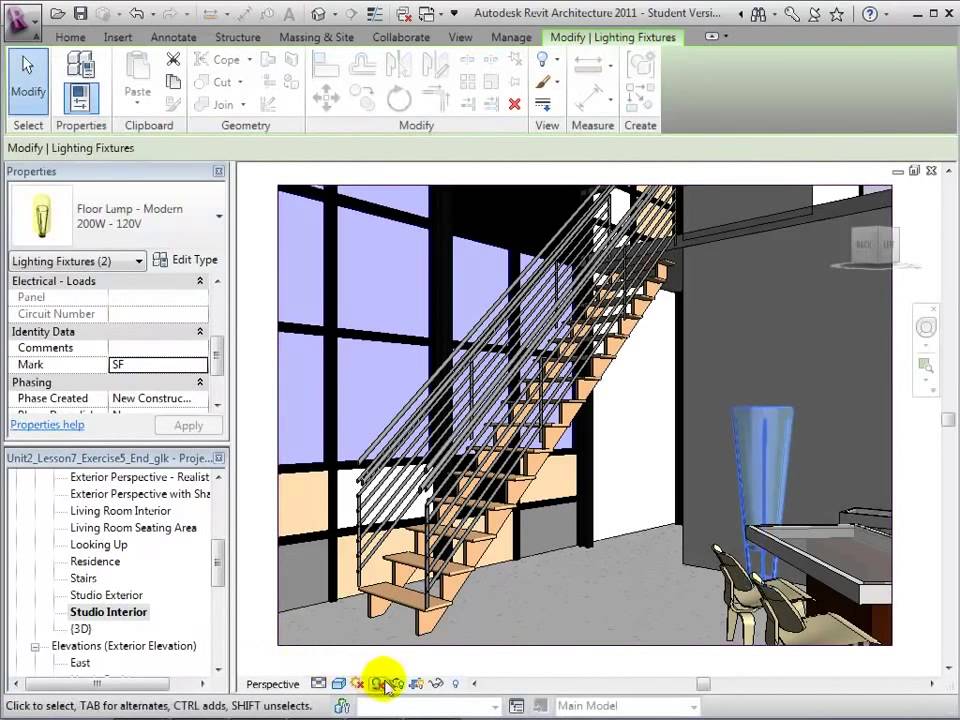

All versions of Revit (and other Autodesk software) can be purchased directly from Autodesk via links on this site.

Revit LT is aimed at the smaller practice / sole-practitioner.Ī word of advice: Please fully understand the differences (and limitations) between Revit and Revit LT before purchasing your software. Revit (sometimes referred as ‘full Revit’) contains tools for all three disciplines as well as functionality to enable cross-discipline collaboration. To further complicate things, it comes in two main versions: Revit and Revit LT. You then let the software create various 2D views from the 3D model you have created.Īutodesk Revit covers the three primary building disciplines: Architecture, MEP (Mechanical, Electrical, Plumbing) and Structural Engineering. With Revit, you (primarily) model your design.

In effect, it is a modern version of the drawing board! You still need to know where lines need to be in order to communicate your vision. AutoCAD is predominantly used in 2D, to produce drawings from lines, arcs, hatch patterns, text, etc. Many people are familiar with AutoCAD (another Autodesk product). What is the difference between Revit and AutoCAD? But on average you are looking at months not days or weeks, in order to feel comfortable with the basics. Much will depend on how many hours you put into practising / utilising the concepts you have learnt. ‘How long is a piece of string?’ comes to mind.

Obviously this is quite an open-ended question. Many people uses the words Revit and BIM interchangeably. Just because are using Revit, it does not necessarily mean that you are BIM-compliant. Autodesk Revit is simply a tool to enable you to contribute to the BIM process / workflow. BIM (Building Information Modelling) is a methodology, a way of working. Along with Revit MEP and Revit Structure Revit Architecture allows you to create a fully detailed BIM (Building Information Model). Autodesk Revit Architecture is the industry-leading BIM-authoring software.


 0 kommentar(er)
0 kommentar(er)
